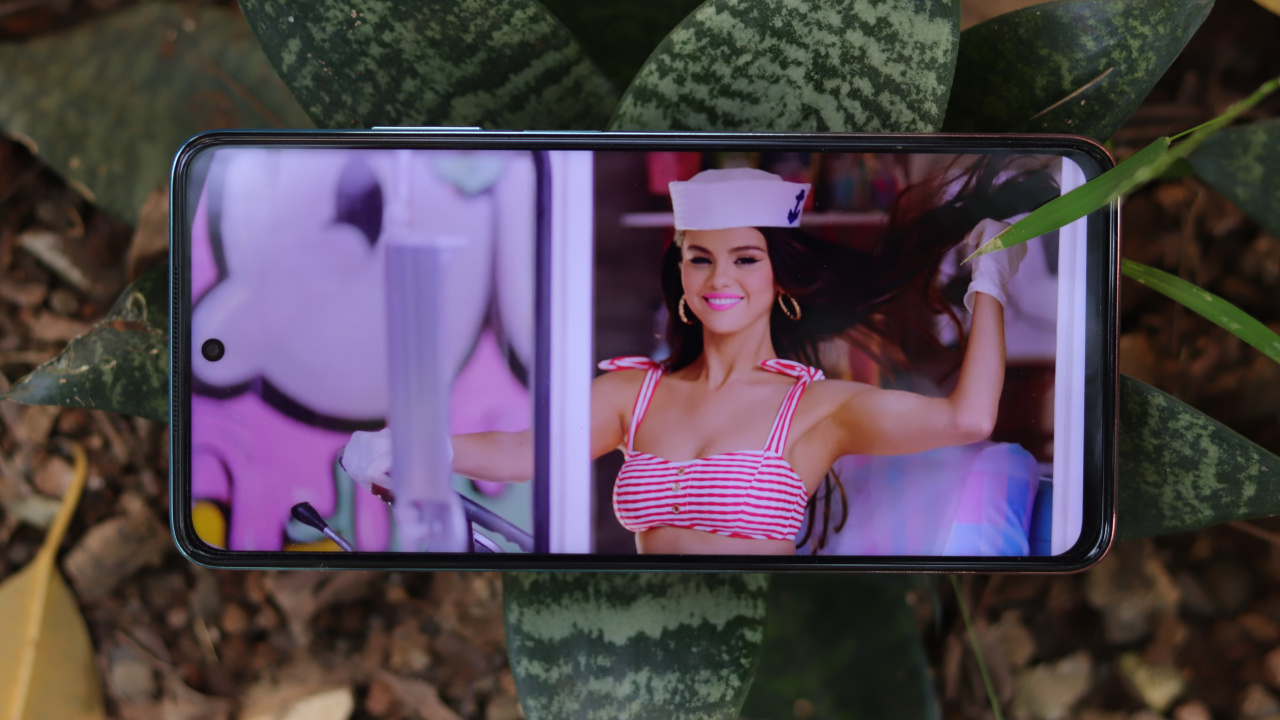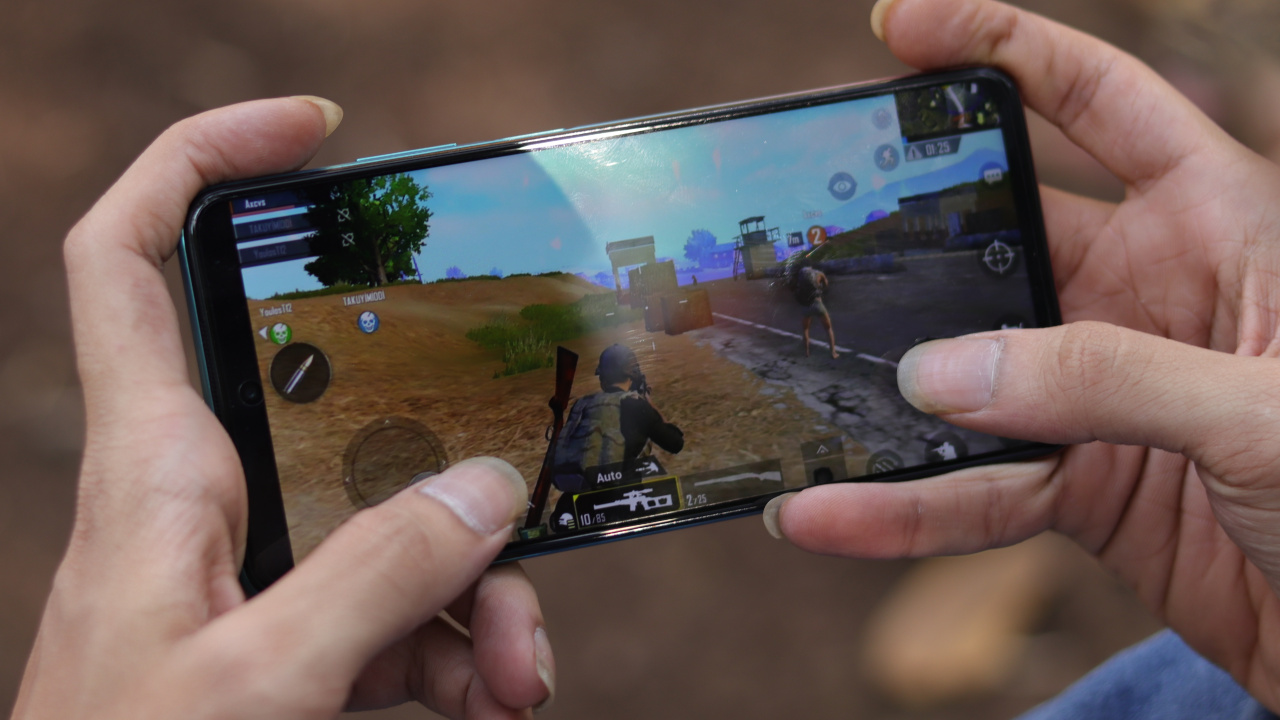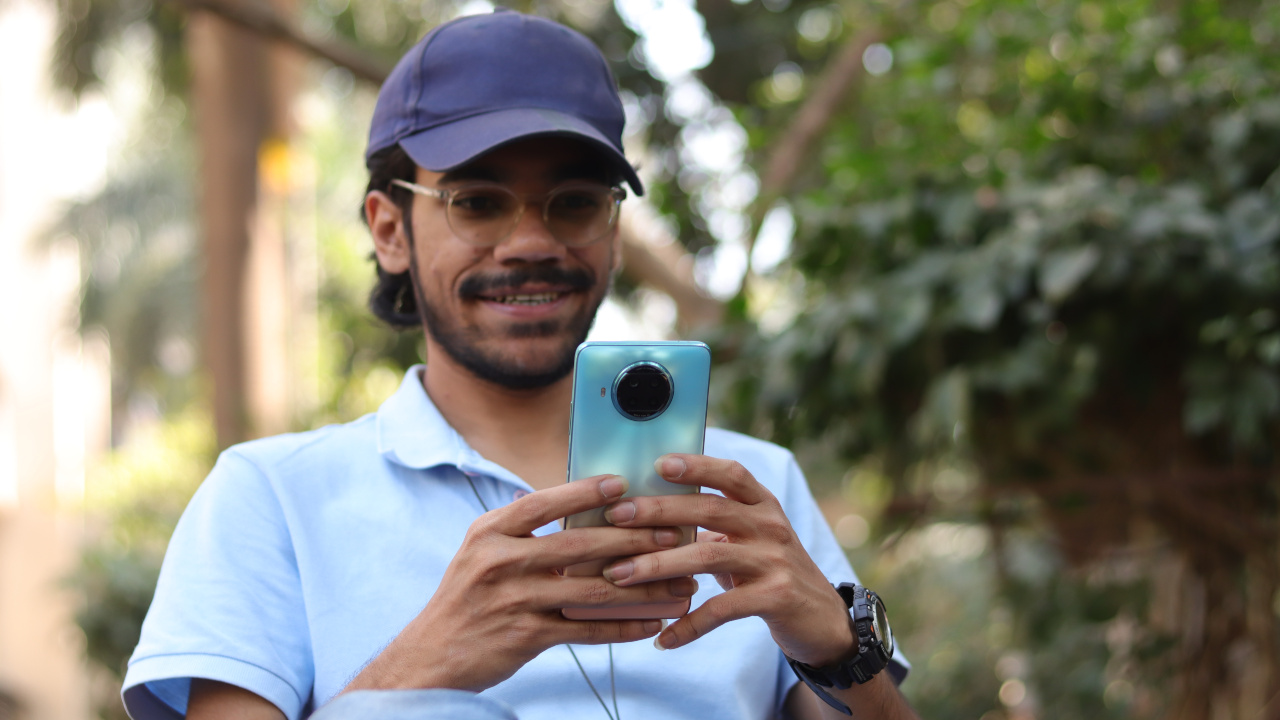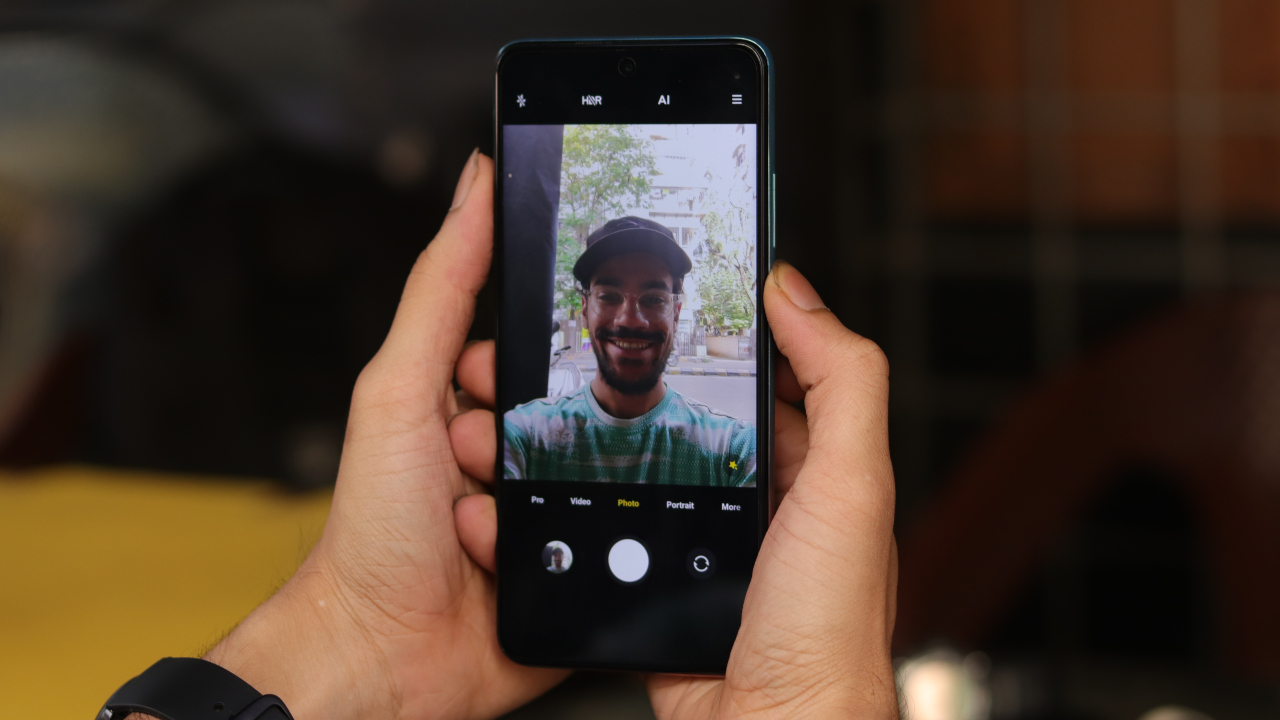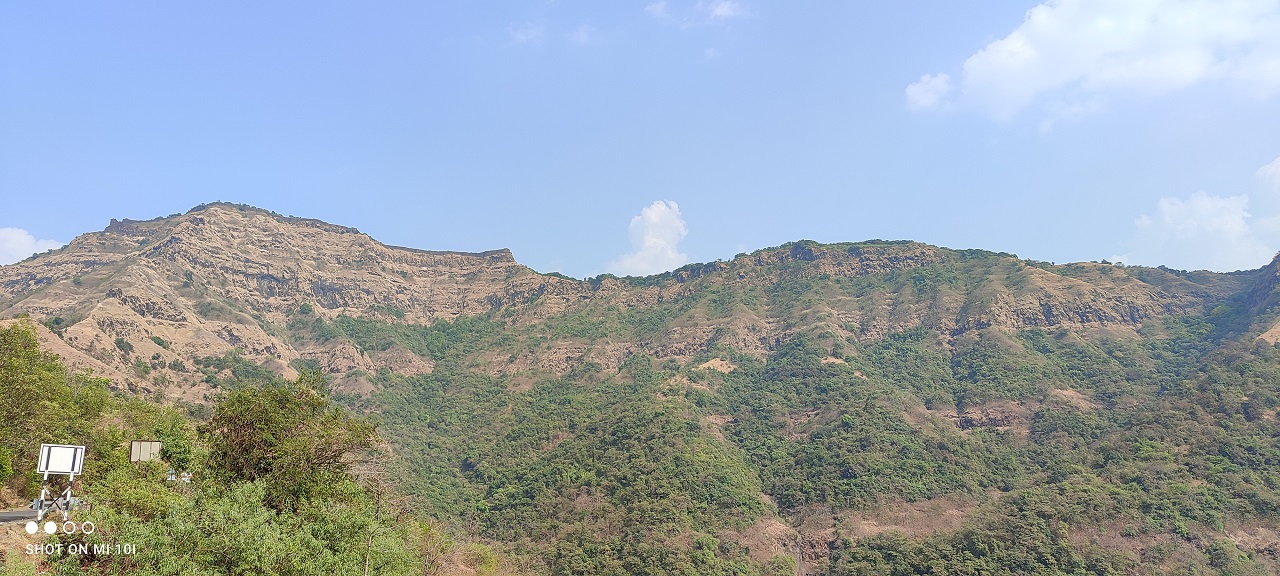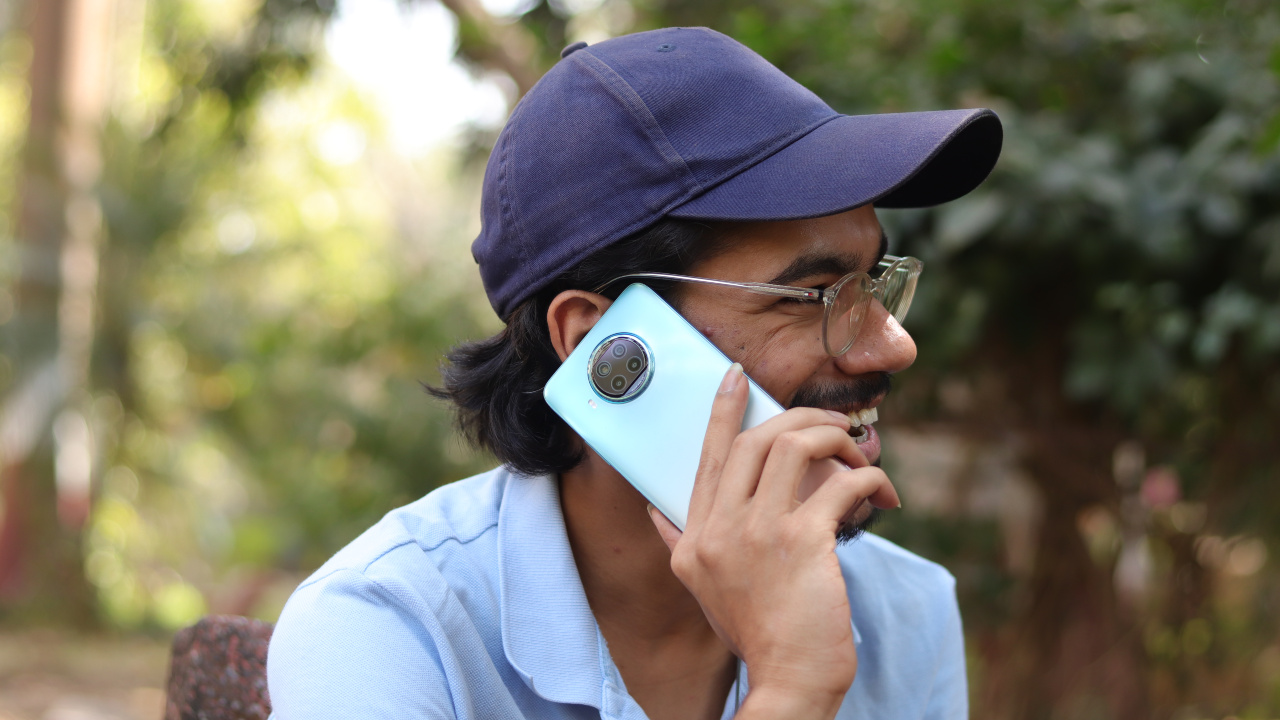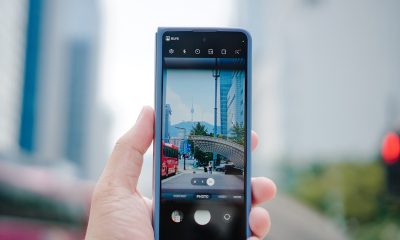

For years Xiaomi has tried to get a foothold in the premium segment, but it just couldn’t hit the right spot. Despite engineering marvels like the Mi MIX series, it didn’t work. The company has also tried releasing a polished midrange phone under the Redmi branding but couldn’t meet inflated market expectations. Will the Mi 10i solidify its push?
The Chinese smartphone giant got its portfolio sorted at the beginning of 2020 by dividing the three brands — Mi for premium, Redmi for budget, and spun-off POCO into a completely independent brand. Now, Xiaomi has set its priorities straight and aims for the lucrative premium segment, one that’s gobbled by players like Samsung, Apple, Huawei, and to a certain degree, OnePlus, OPPO, and vivo.
The Mi 10i is surely a midrange phone, but it has a lot of expectations to meet. And it’s an important product for Xiaomi since it’s again trying to test the INR 20,000+ range. There’s also tough competition from the OnePlus Nord, Galaxy A51, as well as the realme X3. So, how does Xiaomi’s new offering fare? Let’s see!
How’s the design? Is it comfortable to hold for gaming or streaming?
I’ve got the Pacific Sunrise color option, and it looks phenomenal. The phone has a unique color palette and a premium touch that makes it look much more expensive than it really is. The front and back of the device are protected by Corning Gorilla Glass 5, but it has a very satisfying opaque finish that gives it a very translucent look. It may be glass, but it’ll never attract fingerprints, and that’s one of my favorite things about the phone.
The back has a gradient of cyan or light blue and a mix of orange and pink. While colors or gradients are usually personal preferences and range from person to person, everyone I showed the phone to loved it.
You’ll find the power and volume buttons on the right, the USB-C port at the bottom, and the IR blaster at the top. Like the Mi 10T series, Xiaomi has added a side-mounted fingerprint sensor that’s baked into the power button, and it’s speedy.
The rear has a circular camera module that may remind you of the OnePlus 7T, but the Mi 10i has a slightly different design which actually looks quite good. Due to the bigger 108 megapixel primary sensor, the camera module bulges a lot. But it isn’t annoying because the phone is pretty stable on a flat surface and doesn’t wobble like the Mi 10T series.
Xiaomi has added an IP53 rating for water resistance, so you don’t have to worry about splashes or even light rain. Lastly, the phone retains my beloved 3.5mm headphone jack. I hope Xiaomi continues to add it in future phones.
Lastly, the phone weighs more than 210gms. The weight is easily noticeable, and it does get annoying after extended usage. I prefer a lighter phone because it helps with ergonomics and can withstand falls slightly better.
Is the LCD panel immersive? Does the high refresh rate drain battery?
The Mi 10i has a 6.7-inch LCD display with a 120Hz refresh rate and Full HD+ resolution. There’s not much to say about the screen because it’s like you’d expect it to be. Xiaomi has a lot of experience with these panels now, and the color reproduction is accurate and vibrant, blacks are deep enough, and the viewing angle is top-notch. However, I feel that it could’ve been brighter. Under direct sunlight, it sometimes becomes difficult to view texts and emails on the go.
Yes, an AMOLED display will have deeper blacks, and that’s where the OnePlus Nord gets a lead. But considering the price difference between the two, Xiaomi smartly opted for an LCD panel and added 120Hz support. Day-to-day tasks are smoothly done, and the overall experience of having a smooth user experience pays off in the longer run. Although, you can adjust the refresh rate according to your preference.
The screen doesn’t suck too much power because it has an automatic variable refresh rate that adjusts according to your usage. So, if you’re watching a YouTube video, don’t worry. The panel knows the playback is at a lower refresh rate and makes the appropriate changes. In the end, you’re with a dynamic display that uses resources only when required. And, if you’re desperate to save power, there’s an option to downgrade to 30Hz as well!
How hard can you game on the Mi 10i? Is MIUI optimized?
The Mi 10i is one of the first phones to be powered by Qualcomm’s new Snapdragon 750G chipset. It is an octa-core processor clocked at 2.2GHz and built on an 8nm fabrication while the graphics are taken care of by the Adreno 619 GPU. This is also a 5G enabled chipset which comes with Qualcomm’s X52 5G modem for 5G connectivity. My unit has 8GB RAM and 128GB of internal storage.
As for the real-life usage and performance, as expected, the device shines at everything you throw at it. Be it a light task or a heavy task; the device is capable of handling it all. Xiaomi has mastered MIUI’s integration with a range of hardware, and the results are visible across all its phones. The Xiaomi Mi 10i runs MIUI 12, which is still Android 10-based (we’d expect Android 11 by now). If you’ve used MIUI before, you know what you’re getting into.
And if you haven’t, don’t worry. The skin is heavily customizable and has a lot of nifty features that are very utilitarian. The RAM management and multitasking was also excellent. Apps stayed longer than I’d expected in the background, and switching between apps did not force reload the content.
All modern games run smoothly on the phone, and there’s barely any lag or stuttering. Though, I did notice some frame drops when playing Call of Duty: Mobile for more than an hour. If you’re expecting any considerable raw performance improvement against the Snapdragon 765G, don’t. The difference is negligible, and you won’t realize it in real-life unless you start mining Bitcoins on your phone.
Most importantly, how’s the 108MP camera? Is it as good as the Mi 10T series?
Just like the Mi 10T Pro series, the Mi 10i gets a 108 megapixel sensor, but it isn’t the same one as the Mi 10T Pro. It comes with a 1/1.52-inch sensor, and Xiaomi claims it’s more compact than the HM1 sensor, which reduces the camera bump. Pictures are usually taken in 12-megapixels via binning technology, retaining details, natural color, and accurate contrast.
One of my favorite things about the sensor is its capability to capture excellent pictures with HDR. The algorithm can cleverly process the image to ensure there’s no excessive noise correction. The sensor can detect colors precisely and adjust exposure even under direct sunlight. The 108-megapixel mode can be accessed in the camera app with more options. The amount of detail captured by the camera in 108MP mode is truly incredible.
Low-light pictures are slightly disappointing because they often over-sharpen details, and the result looks quite artificial. The night mode compensates for this, but it mostly makes the image brighter and doesn’t necessarily optimize it.
Accompanying the primary sensor is an 8-megapixel wide-angle lens that isn’t that wide and struggles to capture detail. The quality degradation is easily visible, and this is definitely a cost-cutting measure for the company. There’s also a 2-megapixel macro and portrait sensor, which are now commonly found on almost all Xiaomi phones. It’s worth noting that the phone doesn’t have optical image stabilization, so if you’re into video, this definitely isn’t for you.
Despite the criticism, I’d say the phone has the best cameras you’d find in this price range. The competition is far away, and the 108 megapixel becomes a deal-breaker for many. Most of the issues I’ve encountered are software-based, and Xiaomi can fix them via OTA updates.
How long can it last? Should I invest in a 5G phone right now?
The Mi 10i 5G has a 4800mAh battery with 33W fast charging, and Xiaomi includes a 33W charging brick in the box. It took me an hour to charge it from 0 to 100, and that’s definitely a good deal. Thanks to Adaptive Sync (variable refresh rate of the screen), the phone can deliver a screen-on-time of more than seven hours in one go. Sometimes, it’ll even go up to eight hours under comfortable situations.
India is yet to roll-out 5G on a commercial scale, and the expected launch timeline from telcos currently stands at 2022. The government is yet to hold a spectrum auction, so there’s a lot of bureaucracy involved before we get to experience it. In my opinion, practical coverage of 5G is still two years away. 5G should be no reason for you to buy this phone.
Is this your GadgetMatch?
If you’re looking for a phone that excels at everything, then this phone is for you. The design honestly feels flagship grade and reeks premium, the processor is brand new and packs a punch, the cameras are above average and can go the extra mile if you’re a photography enthusiast, and lastly, the battery backup is optimum.
Gamers won’t be disappointed because the chipset is capable enough, and the phone barely heats up. This phone is made for everyone and does not stick to any particular niche. Considering the starting price of INR 21,999 (US$ 303), the Mi 10i is an easy recommendation. And even though we can’t enjoy 5G this year, it’s great to see the market get flooded with options. After all, the trickle-down effect will soon give us affordable 5G phones.

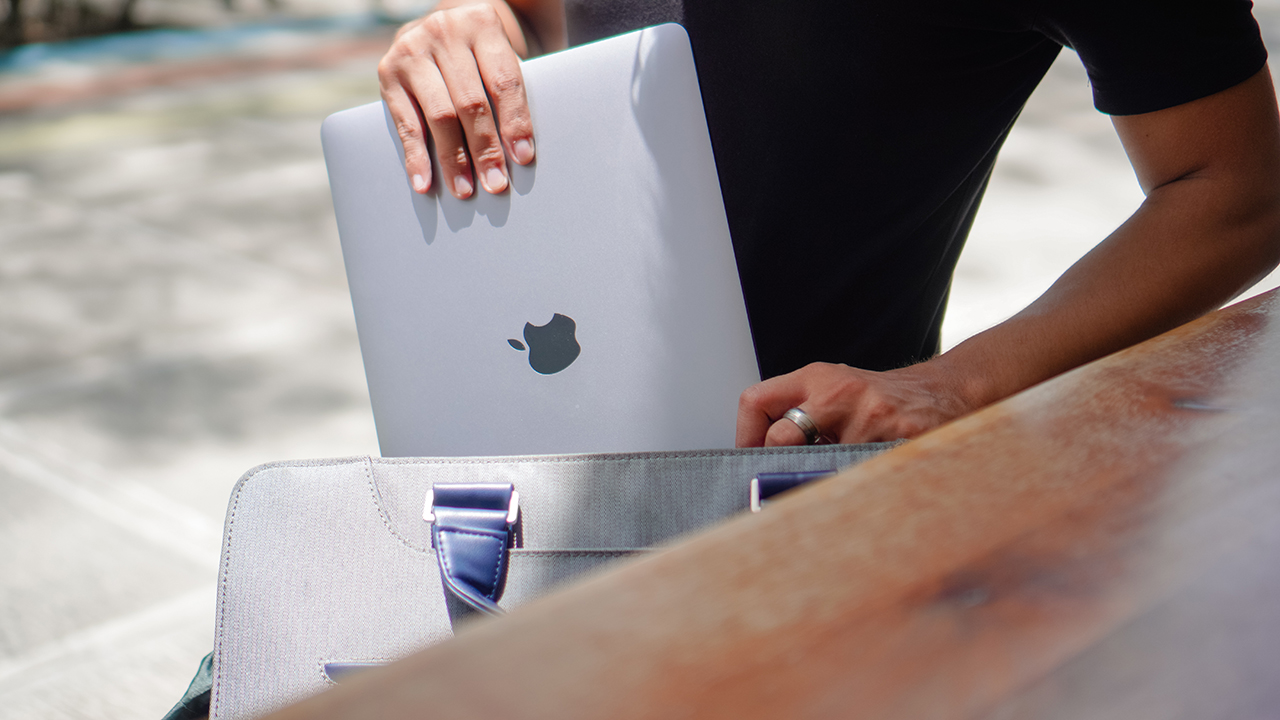
There’s no doubt that India is a major market for technology. While the country has its own brand preferences outside of the world’s usual, everyone still wants to get a piece of the market. To the dismay of global companies, the country is realizing the potential of its own market. Effective immediately, India has started restricting imports for new laptops, tablets, and PCs.
Recently, India made some headlines in the smartphone industry. A few companies, including Apple, have poured funds into building factories in India. Locally produced devices will allow these companies to attract the Indian market better. With the new regulations out today, it looks like these brands are going to enjoy a head start over others who aren’t in the country yet.
The Indian government introduced a new restriction (via Reuters) against the importation of “laptops, tablets, all-in-one personal computers, and ultra-small form factor computers and servers” made from other countries. Customers, however, will get an exemption. Airline passengers can still bring in these devices in their luggage. Additionally, a single imported device is allowable when bought through e-commerce platforms. Companies can import their products only by applying for a special license.
In a nutshell, bulk orders without a license are out. The government is instead encouraging users to buy locally produced products as part of its “Make in India” program. At the very least, it’s not a total ban on foreign brands. For example, Dell, HP, and Lenovo are exempt from the regulations since they already have production facilities built in the country.
SEE ALSO: Samsung overtakes Xiaomi as top phone brand in India

Attacking a huge smartphone market is difficult. With preferences constantly evolving, it can get tricky to figure out the best lineup to capture most of a market. Samsung, however, has just done it. In the last quarter of 2022, Samsung has taken the crown from Xiaomi as the bestselling smartphone brand in India.
India is an important market for most smartphone brands. It’s one of the largest markets in the world. However, despite its size, the biggest players are often those who offer more affordable devices for consumers. Budget is the name of the game if a brand wants to make it big in the country.
Things are changing, though. According to new market data (via Reuters), Samsung has nabbed the throne from the former leader, Xiaomi. In the last quarter of 2022, the Korean brand grabbed 20 percent of the market, while the latter only got 18 percent.
In a trend dubbed as premiumization, Indian consumers are reportedly enjoying more disposable income, resulting in more willingness to buy pricier products. Additionally, the report hints that consumers have started equating lower prices with inferior quality.
With the market trending towards more premium products, Samsung took the lead with a lineup that consists more of midrange to premium devices. It will also be interesting to see if Apple, an even more premium brand, can also make a dent in the Indian market.
SEE ALSO: Buyer’s Guide: Samsung Galaxy S23 Ultra
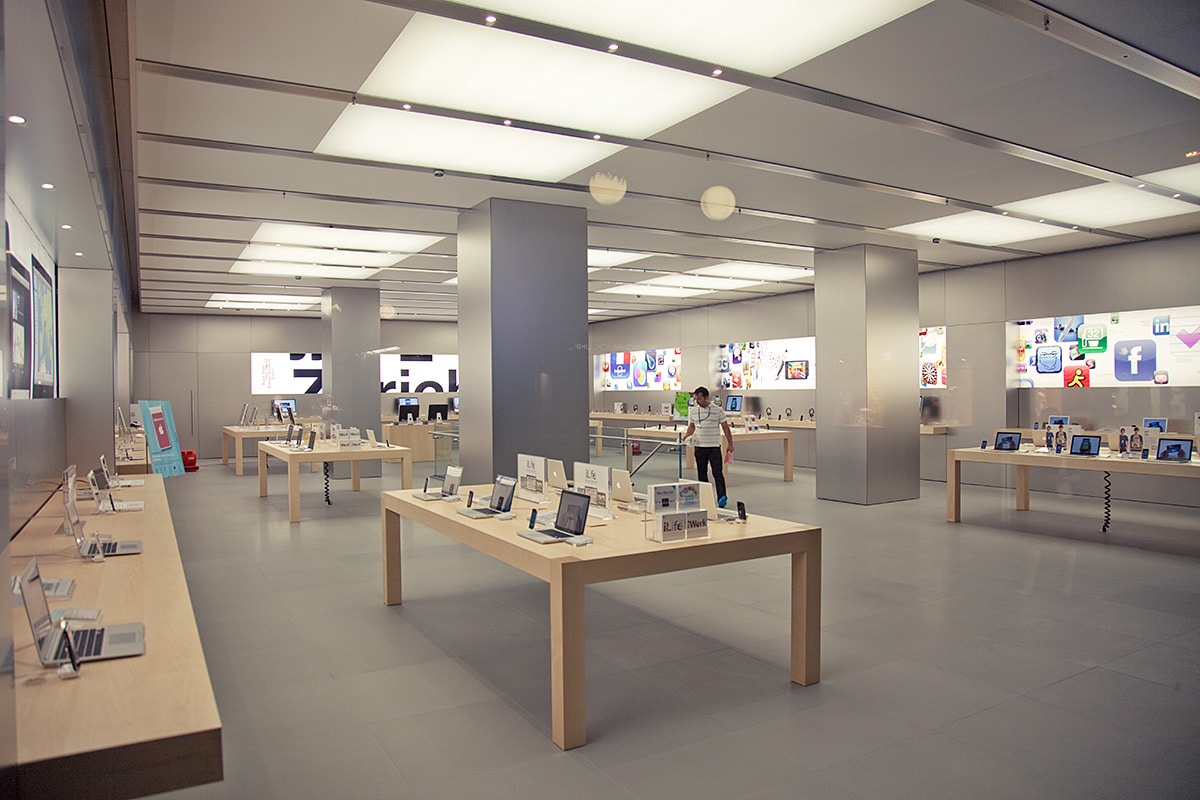
For one of the largest smartphone markets in the world, India is one of the rarer countries where Apple does not outright dominate. Undoubtedly, the company is trying to change that. Ongoing job listings in India are suggesting that Apple is ready to open its first brick-and-mortar store in the country.
First reported by Financial Times, Apple has posted job openings in India for several retail roles including for the iconic Genius Bar. Another clue even indicates that some spots have already been filled ahead of time. A few employees in the country have reportedly posted about their new jobs on LinkedIn.
Unfortunately, none of the job listings show how many stores are planned and where they will be. Narrowing things down by a bit, a few of the confirmed employees are from Mumbai and New Delhi. The report also does not indicate when the stores will open. However, since a few have already been hired, a grand opening might be coming soon.
Apple has a lot to gain by strengthening its foothold in India. The country is an important stronghold for smartphone companies. However, the company might find things harder as time goes by. The country recently dictated that brands must switch to USB-C if they want to sell their devices in India. All over the world, Apple remains the last stalwart against adopting the more universal standard.
-
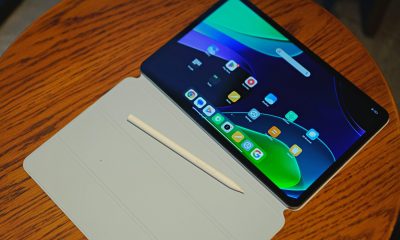
 Reviews2 weeks ago
Reviews2 weeks agoThe Xiaomi Pad 6 is great for the editor on-the-go
-
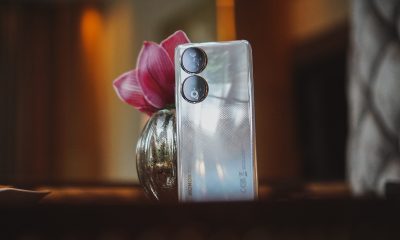
 Reviews2 weeks ago
Reviews2 weeks agoHONOR 90 review: Simply bedazzling
-

 Gaming2 weeks ago
Gaming2 weeks agoRefurbished Steam Decks are now available through Valve
-

 Health2 weeks ago
Health2 weeks agoRedmi Watch 3 Active: Basic but better
-

 Gaming2 weeks ago
Gaming2 weeks agoRockstar officially partners with Grand Theft Auto V roleplay servers
-

 Gaming2 weeks ago
Gaming2 weeks agoPlayStation 5 Slim supposedly leaked online
-

 Entertainment2 weeks ago
Entertainment2 weeks agoCatch Cinemalaya 2023 films at Ayala Malls this weekend
-

 Apps2 weeks ago
Apps2 weeks agoSpotify DJ feature now available in the Philippines




